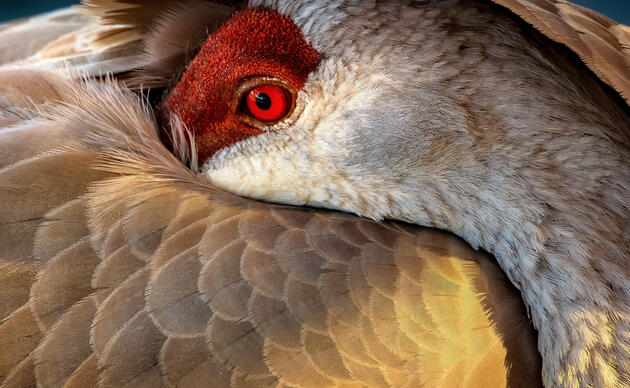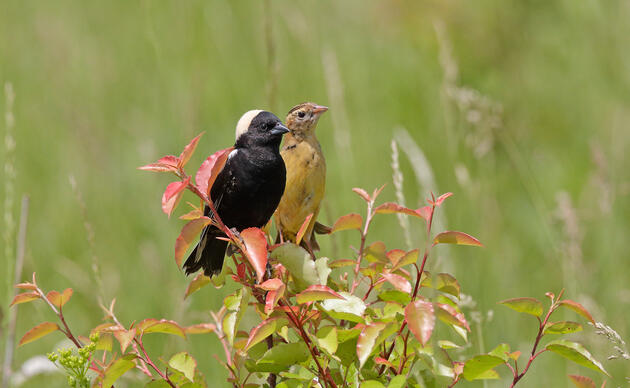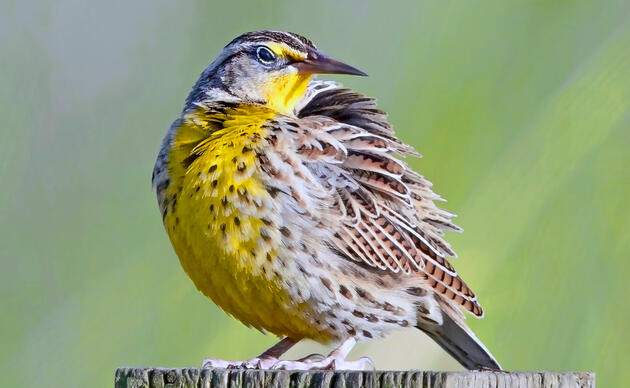All prairie managers and volunteers have heard it. “The prairie basically takes care of itself, right?” “Why don’t you just let nature take its course?” Those who have spent time walking through a once treeless prairie full of newly growing, two-foot-tall invasive cedar trees know better!
But why is it like that? Why do we need to take action to ensure our prairie stays…well, prairie.
Nature is a never-ending battle for survival. There are winners and losers every growing season, even every day. So how are the victors decided, especially for something like a plant that is constantly competing with neighbors for sunlight and nutrients? It often comes down to environmental factors that favor one plant, or kind of plant, over another.
These environmental factors can happen over an extended period of time, like drought or season-long grazing pressure. Or they may come and go quickly, like a flash flood or a fire. When this happens, the growing cycle of plants is interrupted. Timing and intensity determines how dramatic that interruption is.
It is human nature is to control these environmental factors as much as possible for our comfort. Think preventing wildfires and channelizing waterways. This has come at a toll to the native species. By removing the environmental factors that they evolved with, we are favoring invasive species who take advantage of the change in circumstances. To compensate, additional hands on management is needed.
Hands-on management can include everything from chainsaws to shovels. Another approach is conducting prescribed burns to replicate the effects of historic fires. Prescribed burns in Nebraska are often practiced in March and April. However, fires would have historically occurred year round, including during the green growing season of July and August. The benefits of burning at different times of the year may surprise you.



